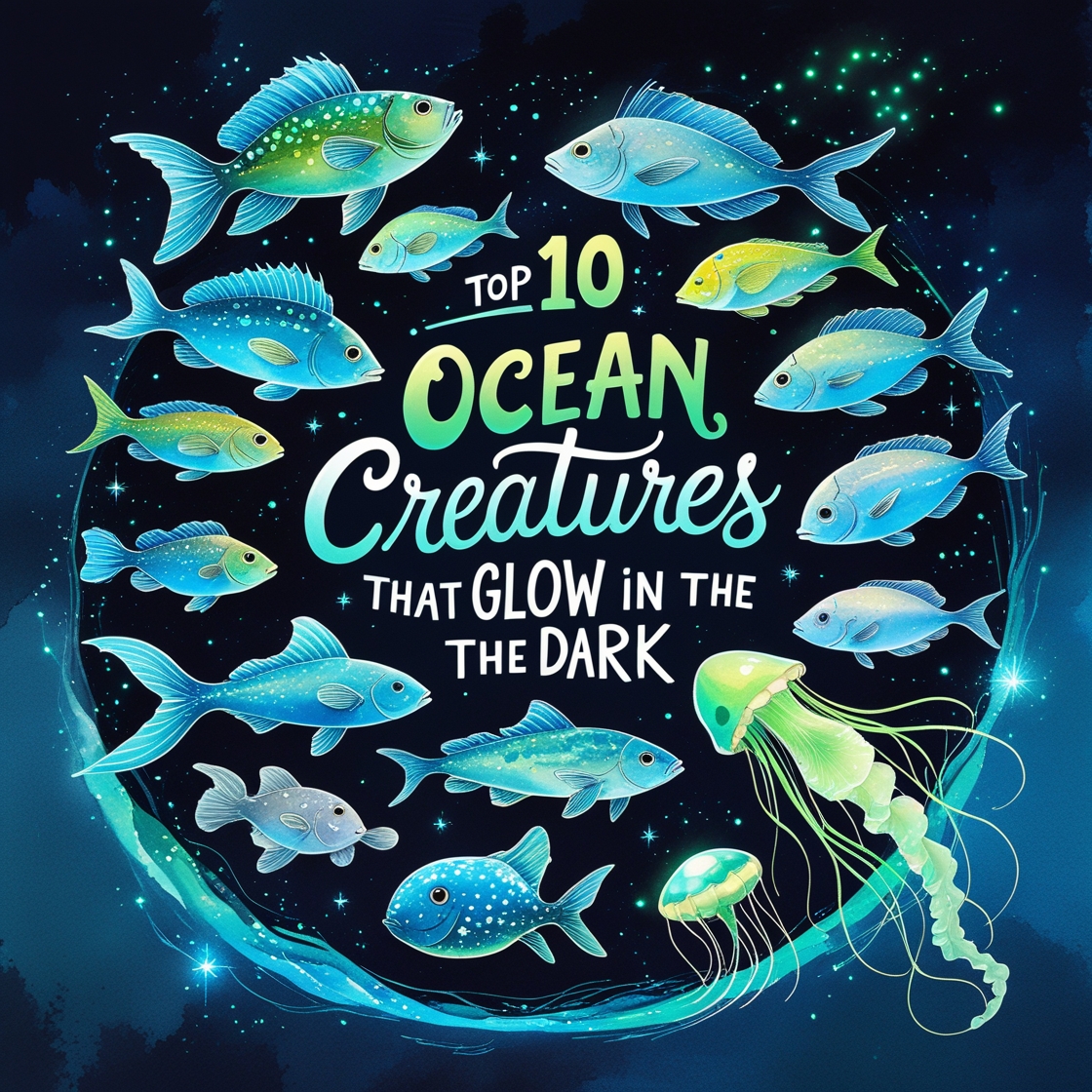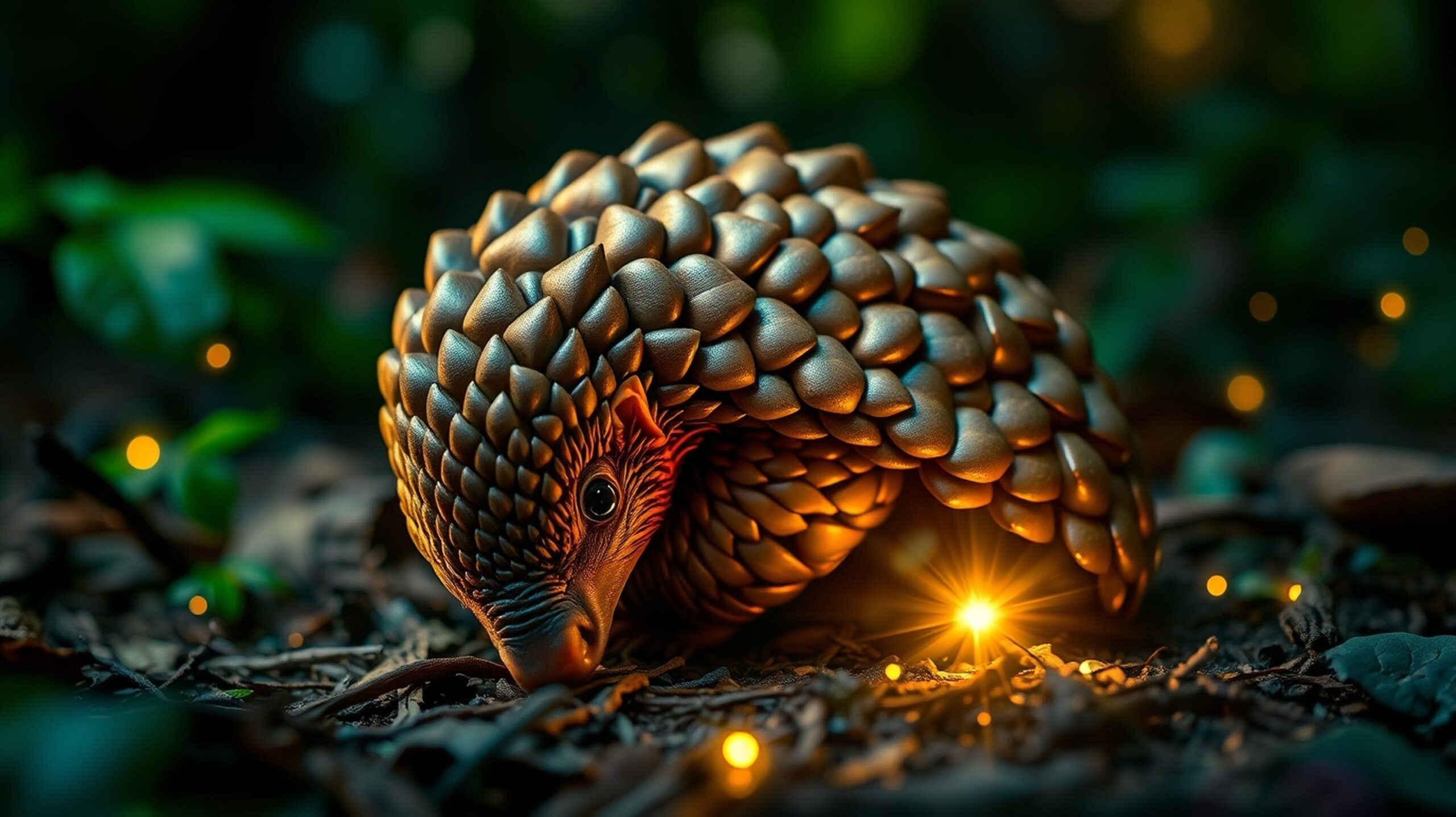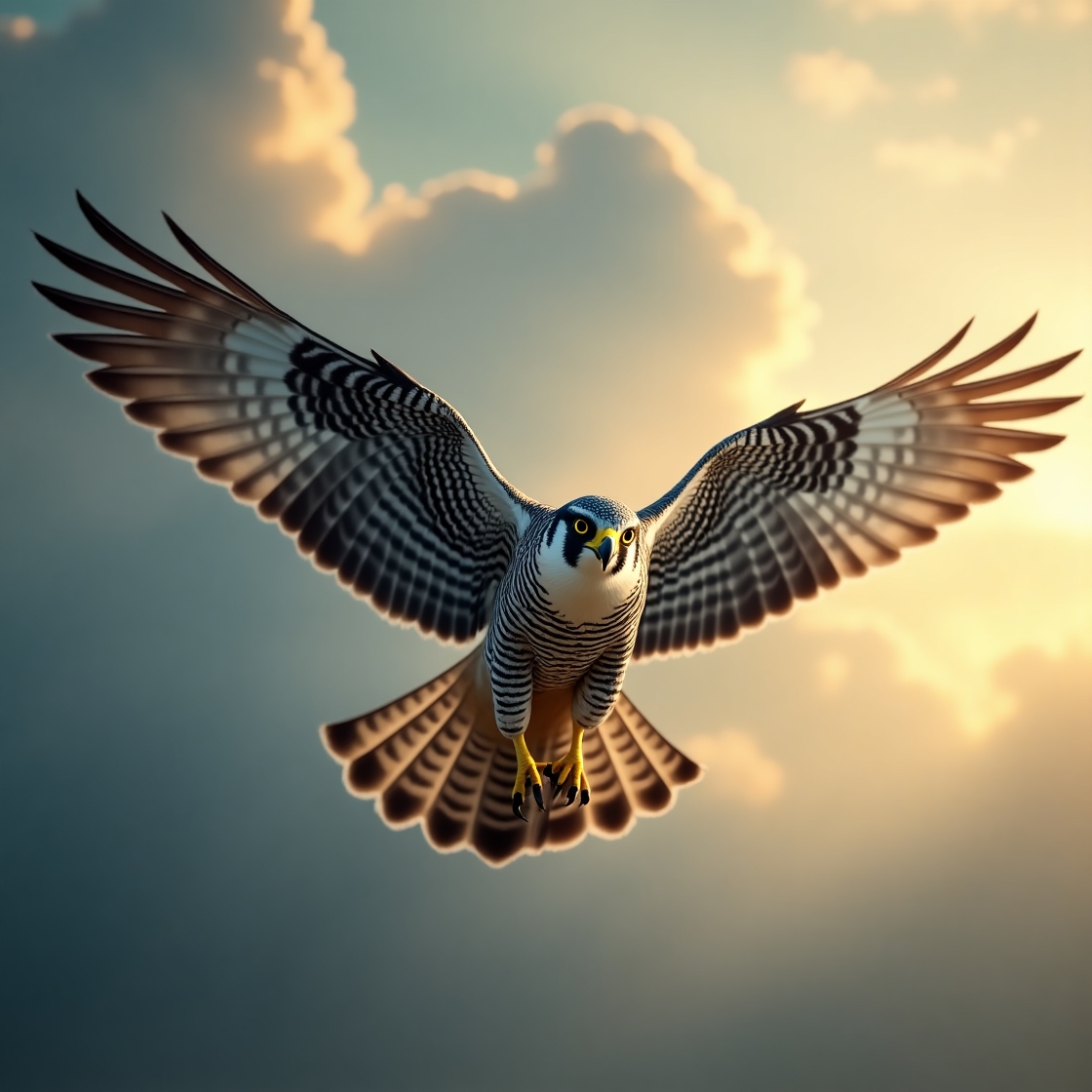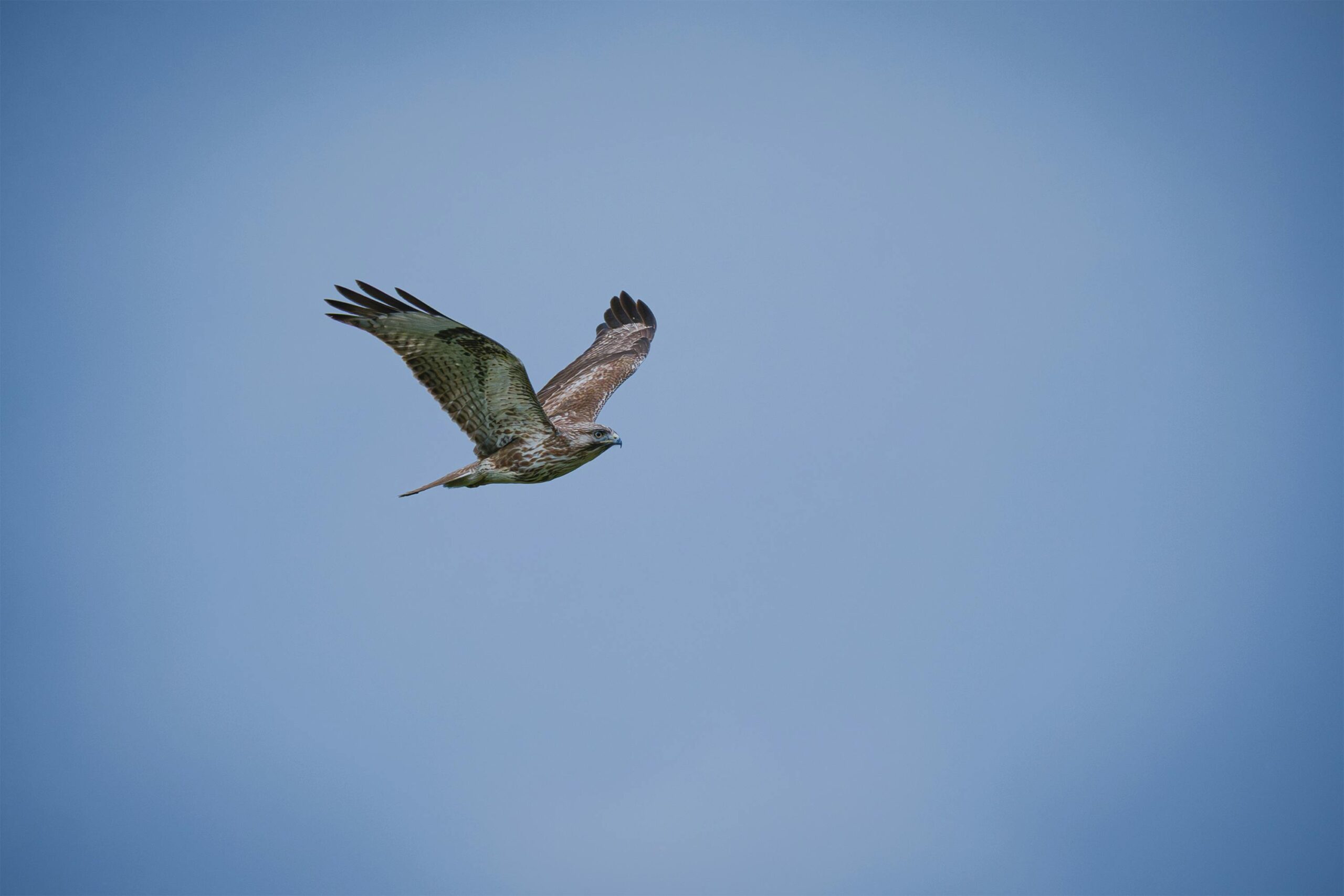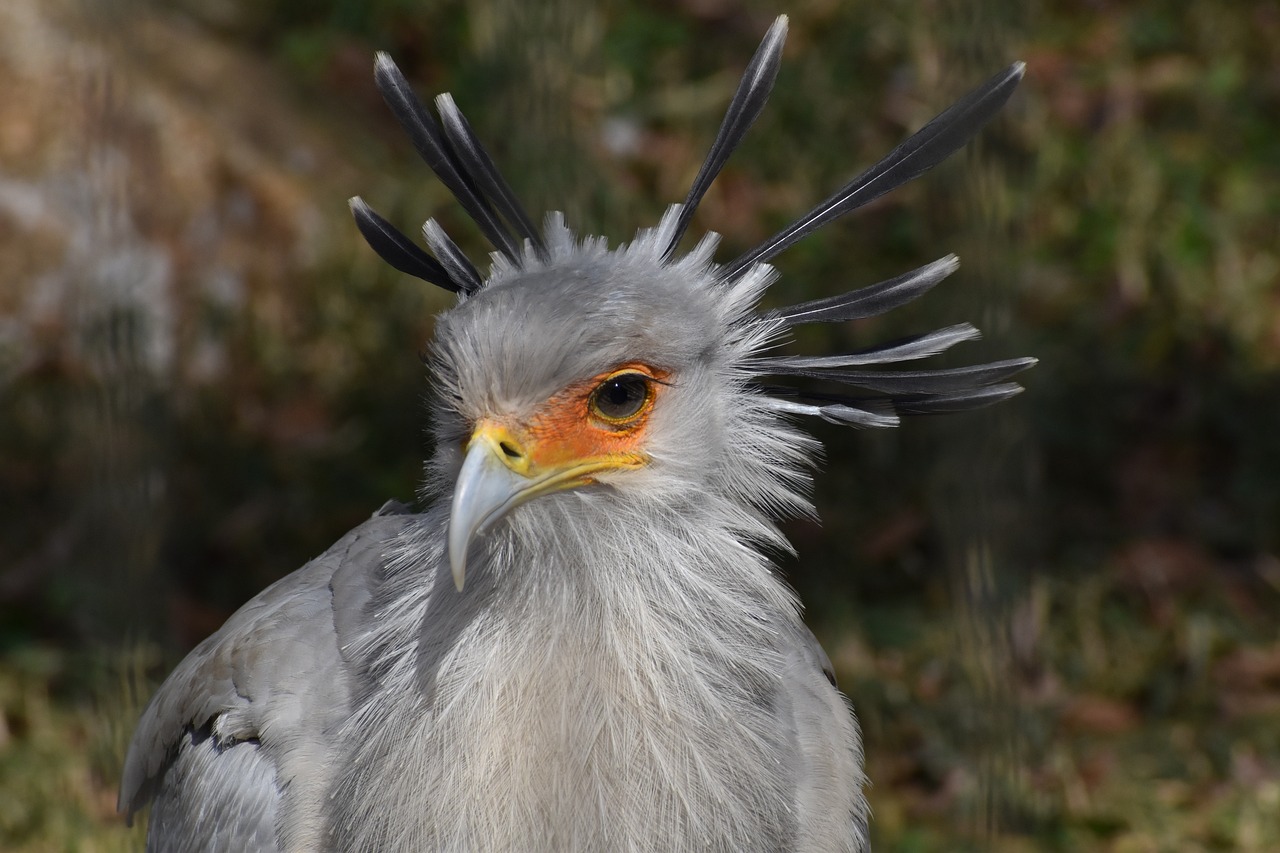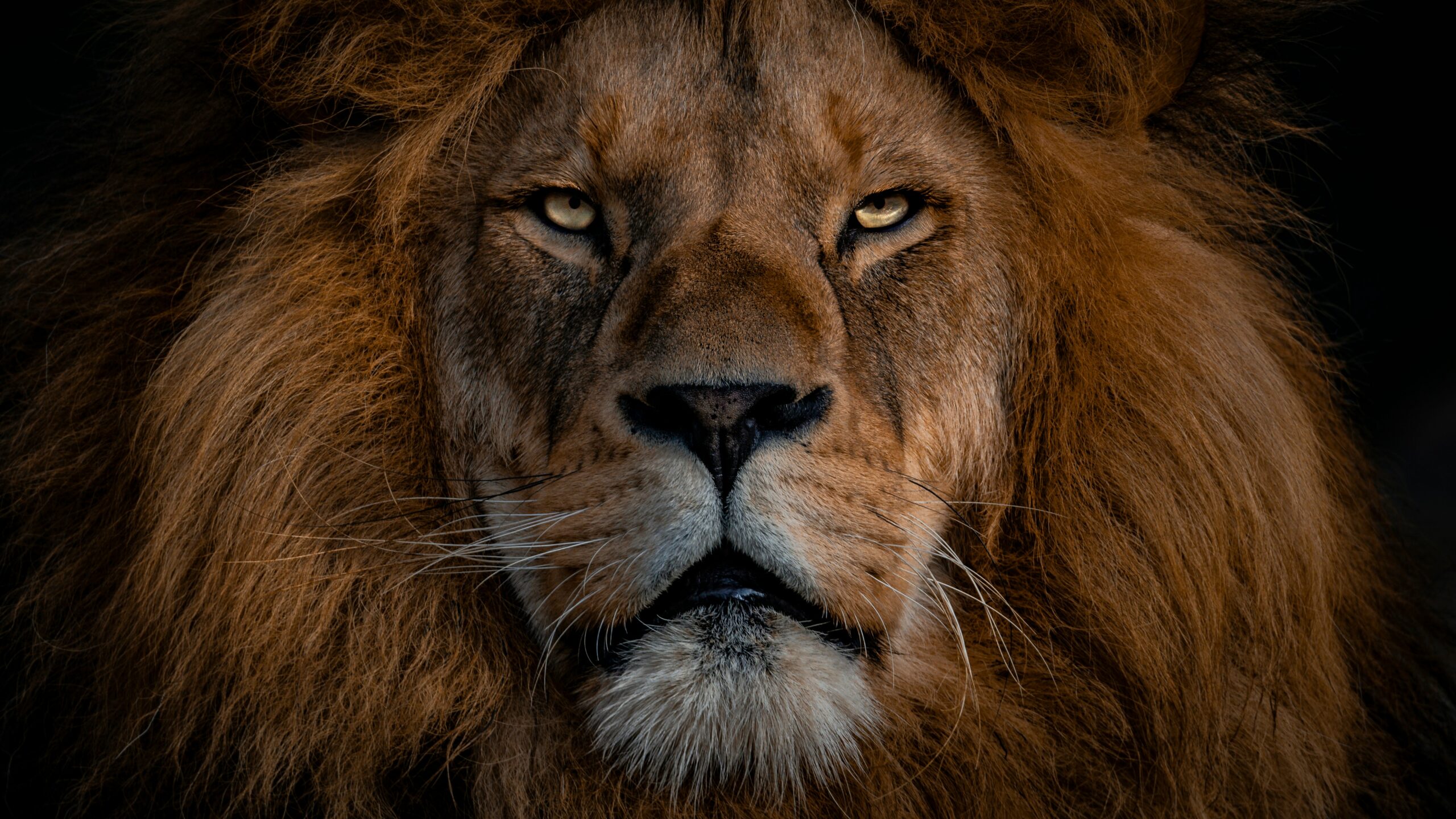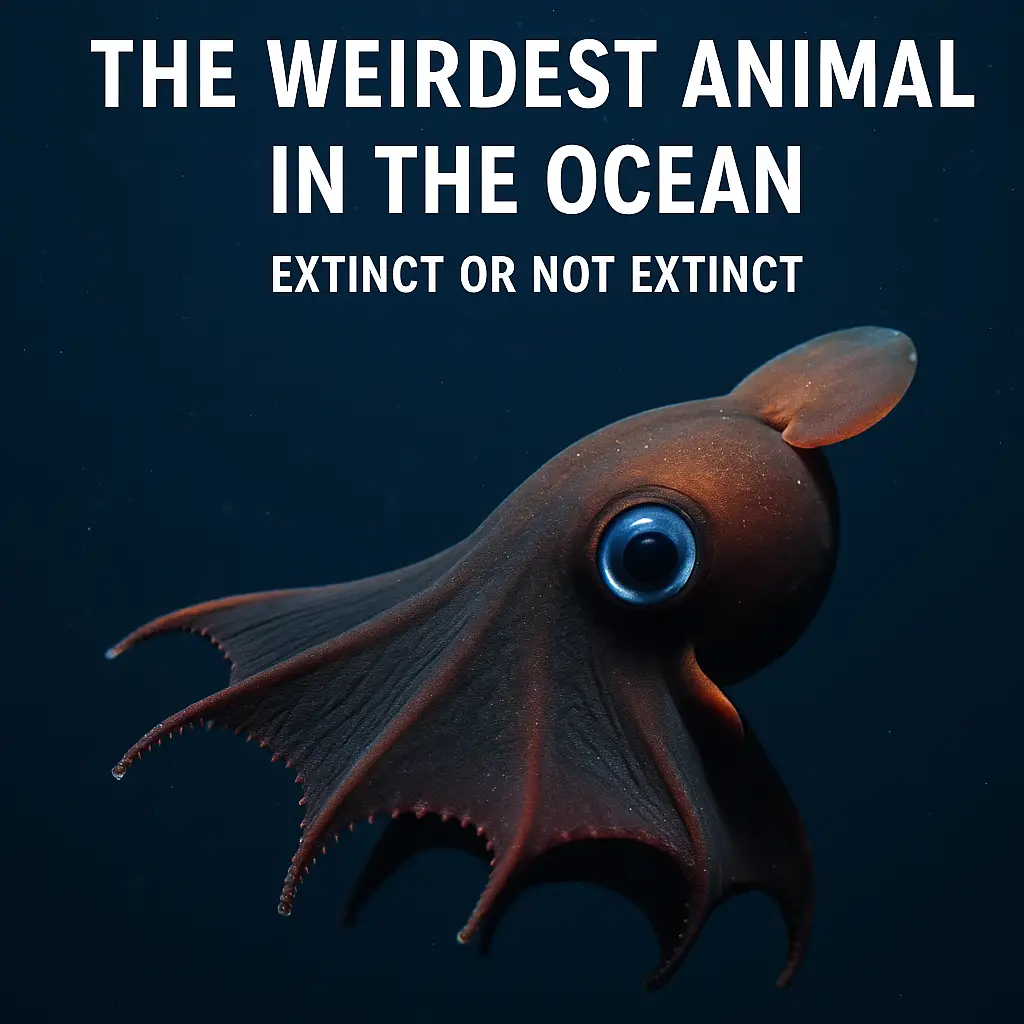
Discover the weirdest animal in the ocean — the vampire squid. Learn about how animals are classified, the earliest animals discovered by man, and the deep-sea creatures that boggle the imagination.
🐙 The Weirdest Animal in the Ocean — Extinct or Not?
From Ancient Classification to the Vampire Squid: A Deep Dive into Nature’s Strangest Creatures
🧬 What Are Animals?
Animals are multicellular, eukaryotic organisms classified under the kingdom Animalia. They are primarily characterized by their ability to consume organic material, breathe oxygen, move voluntarily, and reproduce sexually. Unlike plants and algae, animals are heterotrophic, meaning they cannot produce their own food and must ingest other organisms for sustenance.
Structurally, animals are distinguished by the presence of collagen, a fibrous protein that provides structural support to their cells. Most animals possess specialized tissues, including muscle tissues that facilitate movement and nerve tissues that transmit signals, enabling complex interactions with their environment.
The animal kingdom is incredibly diverse, encompassing over 1.5 million described species, with estimates suggesting there may be as many as 7.77 million species on Earth. This diversity includes both vertebrates, which have backbones, and invertebrates, which lack them. Invertebrates, such as arthropods, molluscs, and worms, constitute the majority of animal species.
Animals inhabit a vast array of environments, from the deepest oceans to the highest mountains, and play crucial roles in ecosystems as consumers, pollinators, and contributors to nutrient cycles. The study of animals, known as zoology, explores their biology, behavior, and interactions within their ecosystems.
🧠 How Did We Classify Animals?
The classification of animals has evolved significantly over time, transitioning from observational methods to sophisticated systems based on evolutionary relationships.
Aristotle’s Contributions
In ancient Greece, Aristotle (384–322 BC) pioneered systematic classification by distinguishing animals with blood (vertebrates) from those without (invertebrates). He further categorized them based on characteristics such as habitat, method of reproduction, and physical traits, laying foundational concepts for later taxonomic systems.
Linnaean System
A significant advancement occurred in the 18th century with Swedish naturalist Carl Linnaeus (1707–1778). In his work “Systema Naturae” (1735), Linnaeus introduced a hierarchical classification system that grouped organisms based on shared characteristics. He established the use of binomial nomenclature, assigning each species a two-part Latin name (genus and species), a practice that remains standard today.
Evolutionary Perspectives
The 19th century brought a paradigm shift with Charles Darwin’s theory of evolution by natural selection. This concept emphasized common ancestry and led to the reorganization of the animal kingdom based on evolutionary relationships. Taxonomy began to reflect these relationships, moving beyond mere physical similarities to consider genetic and evolutionary connections.
Modern Taxonomy
Today, animal classification incorporates genetic data, leading to the recognition of previously unappreciated relationships. For instance, molecular studies have revealed that certain groups, such as the echinoderms (e.g., starfish), are more closely related to vertebrates than to other invertebrates. This has resulted in the reclassification of some species and the development of new taxonomic models that better reflect evolutionary histories.
Humanity’s earliest classifications of animals were based on observation and necessity. But it wasn’t until the 18th century that Swedish botanist Carl Linnaeus introduced taxonomy — a scientific naming system using binomial nomenclature (Genus + Species).
This system helped bring order to the natural world and is still used globally today.
📜 Top 20 Earliest Animals Discovered by Humans (by Fossil or Formal Discovery)
- Sponges – Over 600 million years ago
- Jellyfish (Cnidarians) – 580 million years ago
- Trilobites – 521 million years ago
- Brachiopods – 540 million years ago
- Anomalocaris – 515 million years ago
- Hallucigenia – 508 million years ago
- Pikaia (early chordate) – 505 million years ago
- Dunkleosteus – 382 million years ago
- Tiktaalik – 375 million years ago
- Dimetrodon – 295 million years ago
- Coelacanth – 360 million years ago
- Archaeopteryx – 150 million years ago
- Iguanodon – Named in 1825
- Megalosaurus – First described dinosaur (1824)
- Mosasaurus – Discovered late 18th century
- Plesiosaurus – Early 19th century
- Woolly Mammoth – Known from frozen and fossil remains
- Smilodon (Saber-toothed cat) – 19th century
- Dodo – Documented before extinction in the 1600s
- Quagga (zebra subspecies) – Last seen in 1883
🌊 Introduction to Aquatic Animals
Aquatic animals live in water environments — both freshwater and marine. They typically have:
- Gills or skin-based respiration
- Streamlined bodies
- Fins or flippers for movement
- Special adaptations for pressure, salinity, and oxygen levels
This vast group includes fish, marine mammals, mollusks, crustaceans, and deep-sea creatures.
🐡 Weirdest Creatures in the Ocean
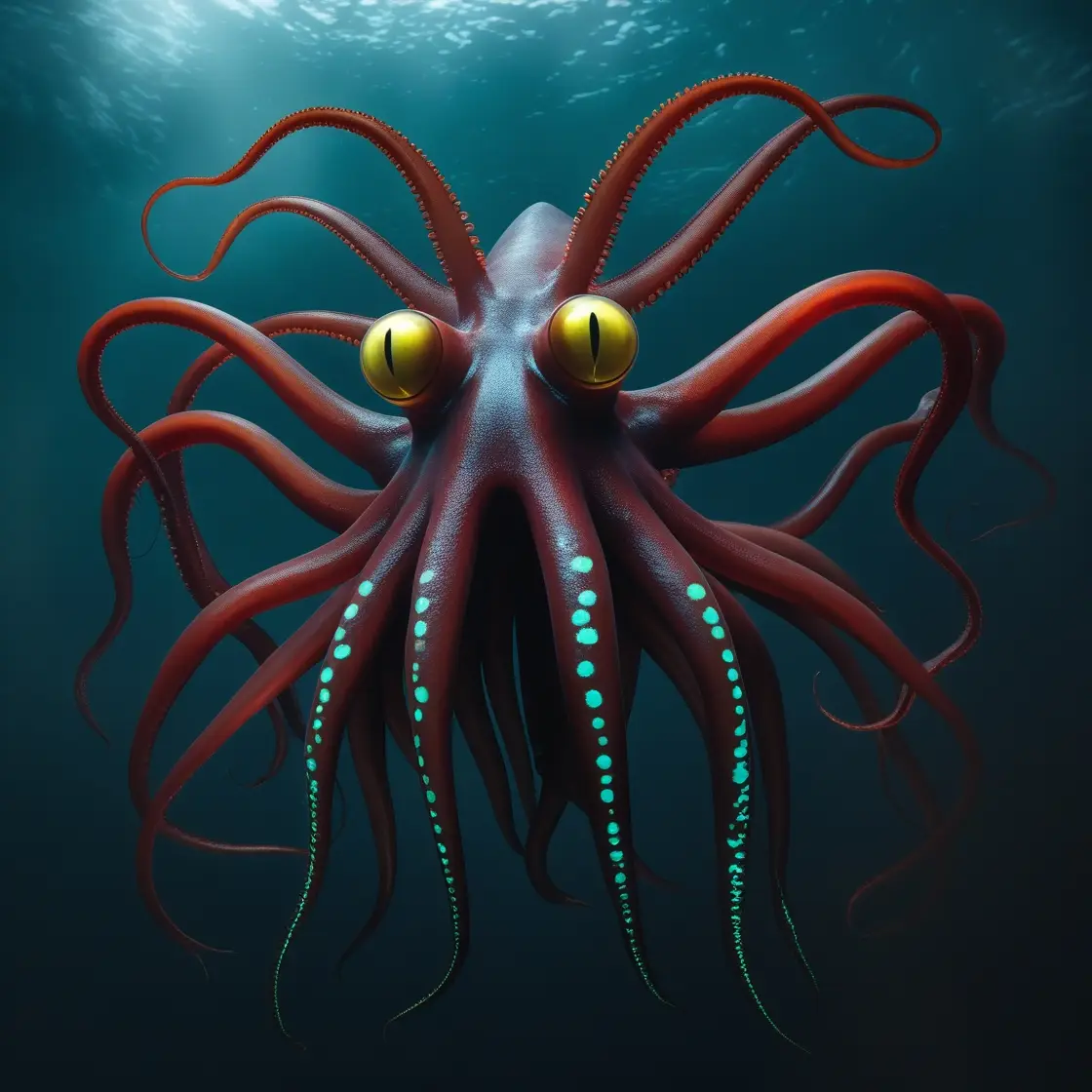
Here are just a few ocean oddities:
- Goblin Shark – Snout-jawed, deep-sea predator
- Siphonophores – Colonial jellyfish-like creatures
- Gulper Eel – Huge mouth, bioluminescent tail
- Blobfish – Gelatinous appearance, deep-dweller
- Yeti Crab – Hairy pincers, hydrothermal vent dweller
- Polychaete Worms – Bristly, glowing worms of the abyss
- Angelshark – Flat-bodied, ambush hunter
But the crown of “weirdest of them all” may belong to one deep-sea phantom…
🦑 Vampire Squid (Vampyroteuthis infernalis)
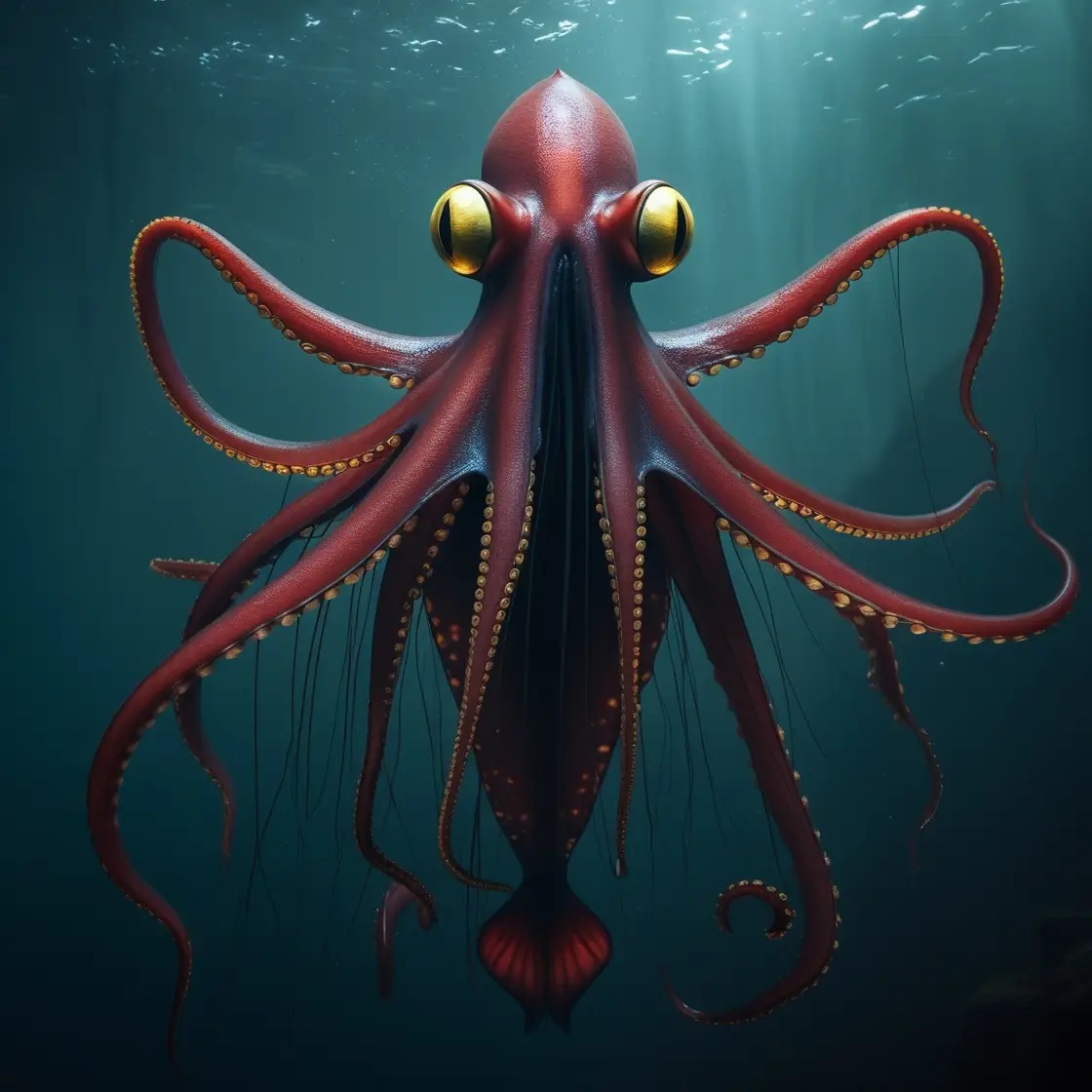
“The Vampire Squid from Hell”
🔍 Classification:
- Not a true squid or octopus
- Belongs to its own unique order: Vampyromorphida
- A living fossil bridging two cephalopod groups
🌍 Habitat:
- Depth: 600–1,200 meters
- Found in tropical and temperate oceans
- Lives in the oxygen minimum zone where few others survive
🧪 Physical Traits:
- 30 cm long, soft gelatinous body
- Enormous glowing blue eyes
- 8 webbed arms with cirri (finger-like filaments)
- Lacks ink sac, instead releases bioluminescent mucus
- Uses photophores for defense and camouflage
🧃 Feeding Behavior:
- Doesn’t hunt prey — instead feeds on marine snow
- Uses sticky filaments to collect dead organic matter
- One of the only detritivorous cephalopods
🛡️ Defense:
- Curling into a pineapple posture when threatened
- Emits glowing mucus clouds
- Darkness and deep water offer stealth and survival
💡 Why It’s the Weirdest:
- Glows in the dark
- Doesn’t need much oxygen
- Eats waste
- Looks like a floating cloaked vampire
- Combines traits of octopuses and squids — but is neither
The vampire squid is a surreal survivor — a ghost of evolution, quietly thriving in the most inhospitable parts of our planet. It challenges what we think we know about life, showing us that weird isn’t bad — it’s just wonderfully different.
